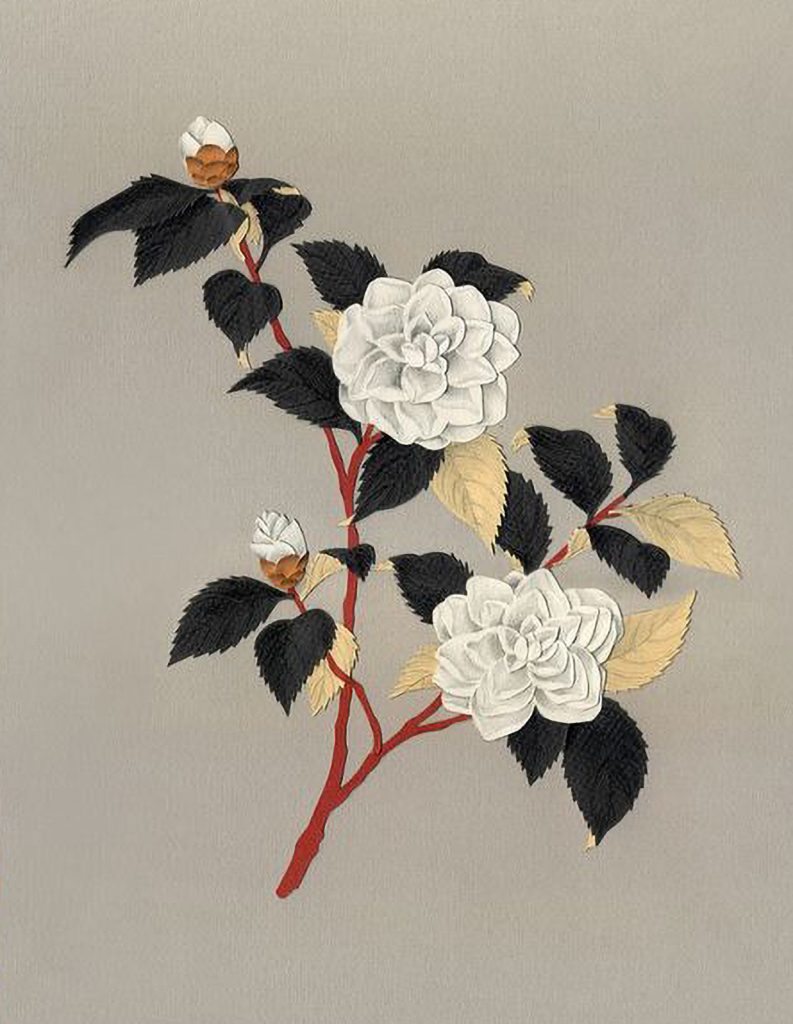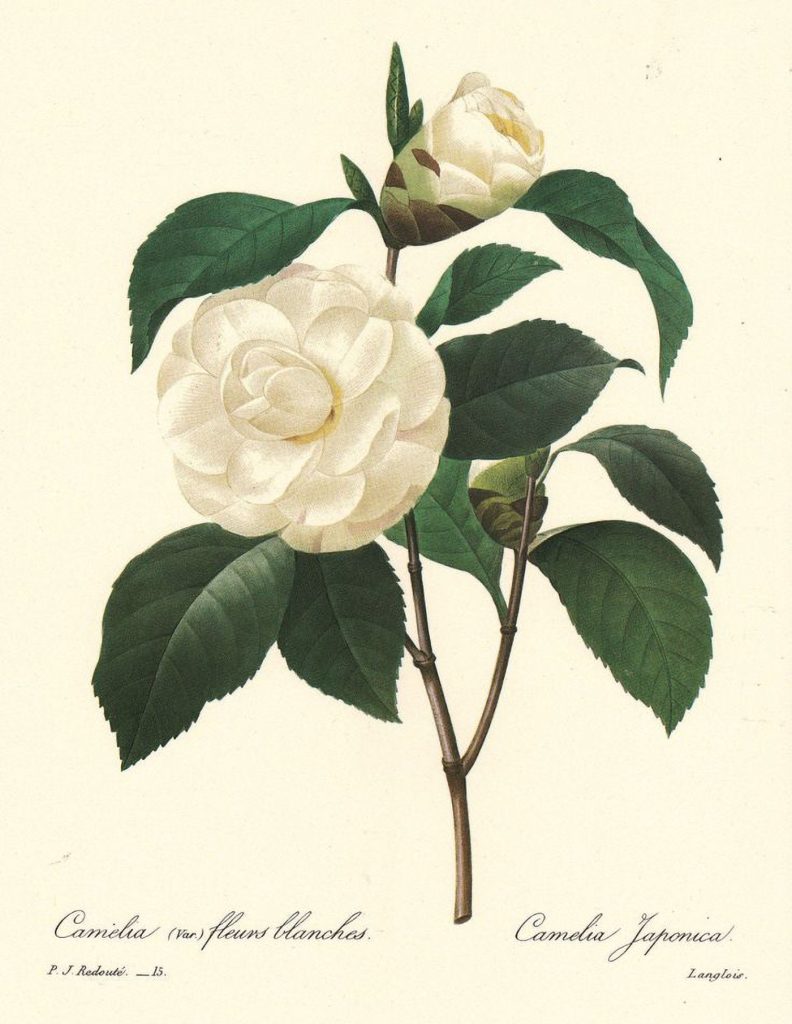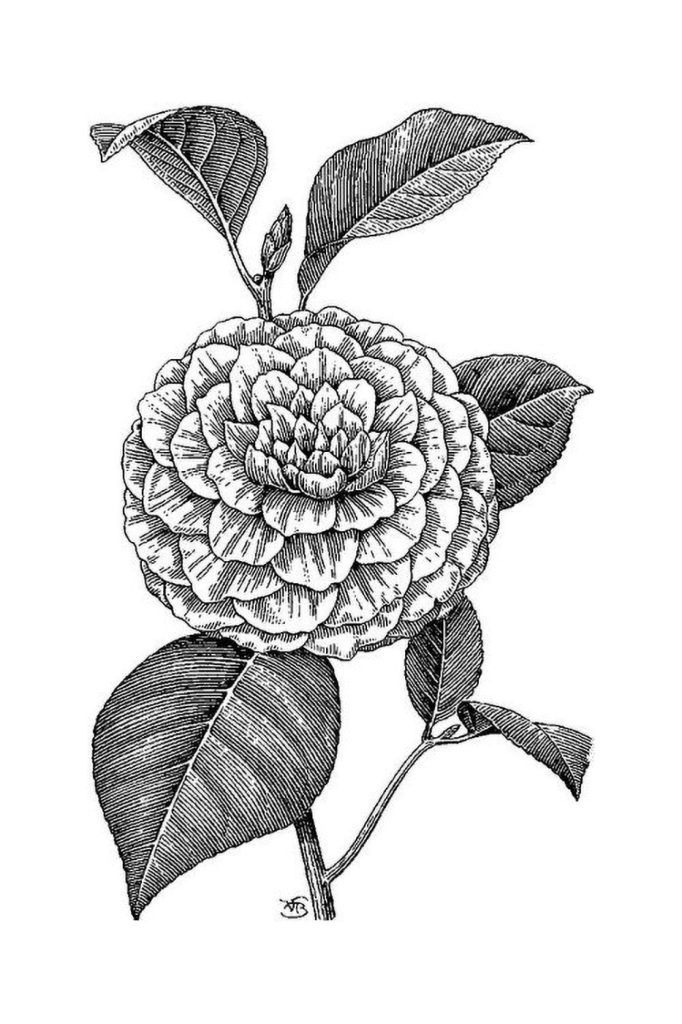
The Faculty courtyard delights with the biodiversity of the vegetation, the richness of species and forms of this coastal micro-site. It is a place where one can find several native species – laurel, oak, olive, camellia, pine and lime. The selected trees are the tourist symbol of the Mediterranean and Kvarner because of their medicinal and/or gastronomic significance. Follow the checkpoints on the map, get to know each one and learn interesting things.
Camellia (lat. Camellia) is a genus of flowering plants in the tea tree family (Theacea), consisting of shrubs or stem plants native mainly to Southeast Asia, but also to China and Japan. Although there are quite a number of varieties, about 170, new hybrids appear every year and the best-known variety is Camelia japonica.
The camellia (Camellia japonica rubra simplex) came to Opatija in 1845, when the Saxon king Frederich August II sent it to Iginio Scarpa, Angiolina’s widower, when it began to spread in the area. The camellia needs plenty of moist soil and shade, it should not be directly exposed to the sun, so Opatija is an extremely suitable climate for growing camellias. Opatija is considered the city of camellias and is often seen as a “living fence” along the Riviera. Every year in March, the Camellia Days or the Camellia Festival are held, where the most beautiful specimens of these delicate but picture-perfect flowers are exhibited.
FUN FACT: Because of its exotic beauty, the camellia flower (from the Camellia japonica family) has been a trademark of fashion since 1783, when it was introduced to Europe, more precisely to France. Thanks to Empress Joséphine de Beauharnais, the first wife of Napoleon Bonaparte, who planted a camellia blossom in the gardens of her Malmaison château on the outskirts of Paris, the camellia became popular in courtly circles and among the aristocracy as part of camellia-style jewellery. Very soon it also became a symbol of the ladies and gentlemen of the court as a sign of passion and love stories, as depicted in Alexandra Dumas’ novel The Lady of the Camellias. The camellia’s presence in the fashion world continues in France, in the creative expression of the famous fashion designer Coco Chanel. The close connection between the beautiful camellias and the Chanel brand is reflected in the presence of the motif of this flower on packaging, handbags, clothing, jewellery and shoes. The camellia was Coco Chanel’s favourite flower, and it is said that she received her first bouquet of camellias from Boy Capel, her lover. Over time, she began to attach versions of the flower to her lapel, in her hair… and gradually the camellia became an indispensable part of Chanel. And exactly another, similar love story from the same period is connected with the camellia flower, namely that of the Opatija region between the nobleman Iginio Scarpa and her wife Angiolina.



